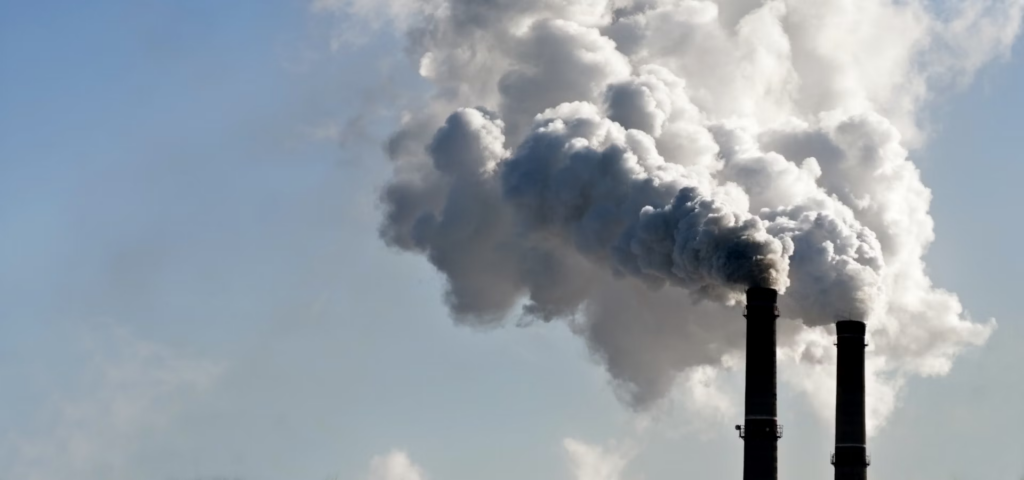
In today’s world, where environmental concerns are at the forefront, emissions treatment has become a critical aspect of industrial and automotive processes. This article aims to provide a comprehensive understanding of emissions treatment, its importance, methods, and the role it plays in reducing our environmental footprint. Join us on this eco-friendly journey as we explore how emissions treatment contributes to a cleaner and healthier planet.
TABLE OF CONTENTS
- Introduction
- Understanding Emissions
- 2.1 What are Emissions?
- 2.2 Types of Emissions
- The Environmental Impact
- 3.1 Air Pollution
- 3.2 Global Warming
- The Significance of Emissions Treatment
- Methods of Emissions Treatment
- 5.1 Catalytic Converters
- 5.2 Scrubbers
- 5.3 Selective Catalytic Reduction (SCR)
- Emission Reduction in Industries
- 6.1 Industrial Emission Sources
- 6.2 Emission Control Technologies
- Automobile Emission Control
- 7.1 Engine Modifications
- 7.2 Exhaust Gas Recirculation (EGR)
- Emissions Treatment and Legislation
- 8.1 Environmental Regulations
- 8.2 Compliance and Penalties
- Benefits of Effective Emissions Treatment
- 9.1 Cleaner Air
- 9.2 Sustainable Future
- Challenges in Emissions Treatment
- 10.1 Technological Challenges
- 10.2 Economic Considerations
- Innovations in Emissions Treatment
- 11.1 Carbon Capture Technology
- 11.2 Green Energy Solutions
- Emissions Treatment in Everyday Life
- The Road Ahead
- Conclusion
INTRODUCTION
Emissions treatment is not just a buzzword; it’s a necessity for our planet’s well-being. In this article, we delve into the world of emissions, their environmental consequences, and the pivotal role emissions treatment plays in mitigating these effects.
UNDERSTANDING EMISSIONS
2.1 What are Emissions?
Emissions refer to the release of harmful substances into the atmosphere. These substances, often in the form of gases and particles, are byproducts of various industrial, automotive, and natural processes.
2.2 Types of Emissions
Emissions come in various forms, including greenhouse gases like carbon dioxide (CO2), methane (CH4), and pollutants such as sulfur dioxide (SO2) and nitrogen oxides (NOx).
THE ENVIRONMENTAL IMPACT
3.1 Air Pollution
Emissions, especially from industrial activities, contribute significantly to air pollution, affecting air quality and human health.
3.2 Global Warming
Greenhouse gas emissions are a major driver of global warming, leading to climate change and its associated consequences.
THE SIGNIFICANCE OF EMISSIONS TREATMENT
Emissions treatment is the process of reducing or eliminating harmful substances from emissions before they are released into the atmosphere. This step is crucial in mitigating the environmental impact of various industries and vehicles.
METHODS OF EMISSIONS TREATMENT
5.1 Catalytic Converters
Catalytic converters are commonly used in automobiles to convert harmful gases like carbon monoxide (CO) and nitrogen oxides (NOx) into less harmful compounds.
5.2 Scrubbers
Industrial facilities employ scrubbers to remove pollutants from exhaust gases before they are discharged into the air.
5.3 Selective Catalytic Reduction (SCR)
SCR systems reduce NOx emissions in diesel engines by converting them into harmless nitrogen and water.
EMISSION REDUCTION IN INDUSTRIES
6.1 Industrial Emission Sources
Industries emit pollutants from various sources, including manufacturing processes, power generation, and chemical reactions.
6.2 Emission Control Technologies
Advanced technologies are utilized to control emissions from industries, ensuring compliance with environmental regulations.
AUTOMOBILE EMISSION CONTROL
7.1 Engine Modifications
Automobile manufacturers incorporate engine modifications to reduce emissions, such as optimizing combustion and using cleaner fuels.
7.2 Exhaust Gas Recirculation (EGR)
EGR systems recirculate a portion of exhaust gases into the engine, reducing the formation of NOx.
EMISSIONS TREATMENT AND LEGISLATION
8.1 Environmental Regulations
Governments worldwide have implemented strict environmental regulations to curb emissions and protect the environment.
8.2 Compliance and Penalties
Non-compliance with emissions regulations can result in hefty fines and legal consequences for businesses.
BENEFITS OF EFFECTIVE EMISSIONS TREATMENT
9.1 Cleaner Air
Emissions treatment leads to cleaner air, improving the quality of life for all living beings.
9.2 Sustainable Future
By reducing emissions, we pave the way for a more sustainable and eco-friendly future.
CHALLENGES IN EMISSIONS TREATMENT
10.1 Technological Challenges
Developing advanced emissions treatment technologies can be challenging due to the complex nature of emissions.
10.2 Economic Considerations
Balancing the costs of emissions treatment with the benefits can be a hurdle for businesses.
INNOVATIONS IN EMISSIONS TREATMENT
11.1 Carbon Capture Technology
Carbon capture technologies are emerging as a promising solution for reducing CO2 emissions from industrial processes.
11.2 Green Energy Solutions
The integration of green energy sources can further reduce emissions in various sectors.
EMISSIONS TREATMENT IN EVERYDAY LIFE
Emissions treatment impacts us daily, from the cars we drive to the air we breathe. Understanding its significance empowers individuals to make environmentally conscious choices.
THE ROAD AHEAD
As technology evolves and environmental awareness grows, the future of emissions treatment looks promising. Continued research and innovation will lead us towards a greener and healthier planet.
CONCLUSION
Emissions treatment is not just a solution; it’s a responsibility we all share. By embracing effective treatment methods and supporting eco-friendly initiatives, we can collectively reduce our environmental impact and create a better world for generations to come.
